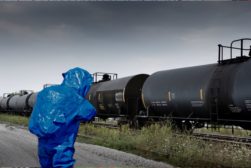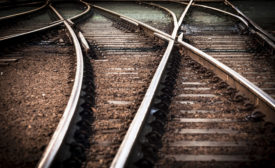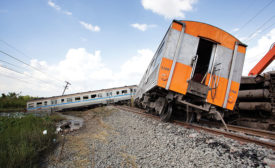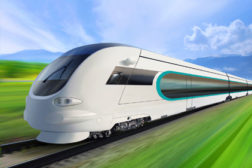Home » Keywords: » rail safety
Items Tagged with 'rail safety'
ARTICLES
NTSB reveals cause of deadly D.C. train accident
WMATA failed to follow its own safety rules
May 4, 2016
Safety gets delayed (again)
Rail lines get 3-5 years to install new braking system
December 2, 2015
Get our new eMagazine delivered to your inbox every month.
Stay in the know on the latest safety trends.
SUBSCRIBE TODAYCopyright ©2024. All Rights Reserved BNP Media.
Design, CMS, Hosting & Web Development :: ePublishing





